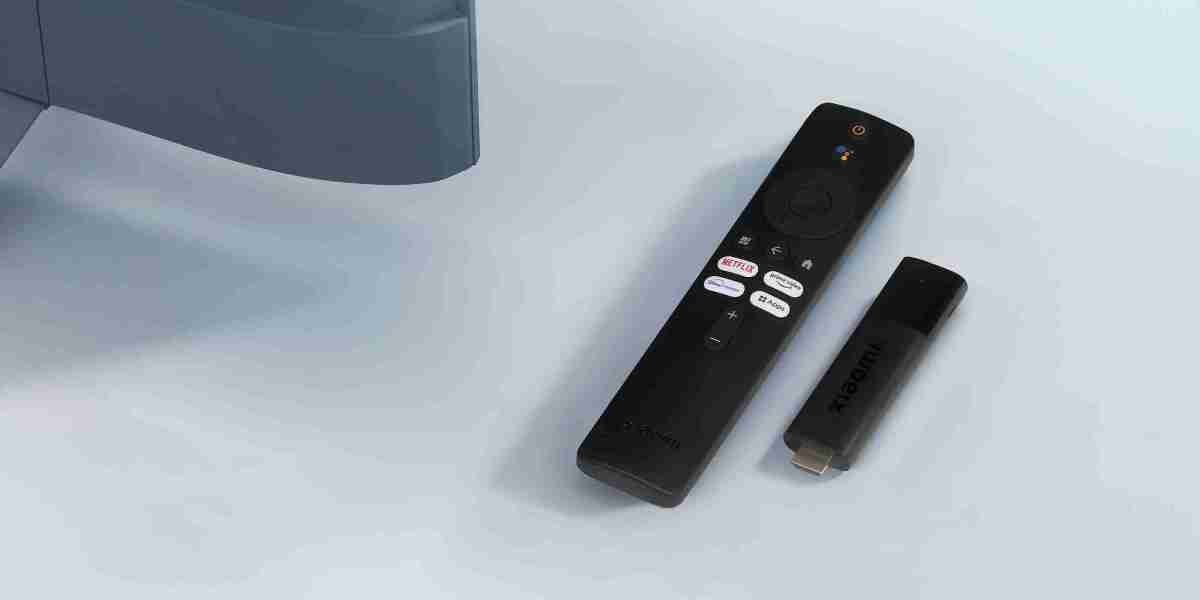The global smart TV stick market is evolving rapidly, driven by technological advancements, increasing digital consumption, and changing consumer viewing habits. These compact, plug-and-play devices have become an integral part of home entertainment systems, offering a seamless way to transform standard TVs into smart, connected hubs.
Technological Advancements Fueling Market Growth
One of the core dynamics in the smart TV stick market is continuous technological innovation. Manufacturers are focusing on faster processors, improved connectivity through Wi-Fi 6, 4K and even 8K resolution support, and voice-controlled AI integration. Devices such as Amazon Fire TV Stick, Google Chromecast, and Xiaomi Mi TV Stick are constantly upgraded to deliver faster streaming, lower latency, and user-friendly interfaces. These innovations make smart TV sticks more attractive, even for users who already own smart TVs, due to their enhanced features and performance.
Consumer Behavior and Content Preferences
Today’s consumers are increasingly moving away from traditional cable and satellite TV. Instead, they prefer on-demand streaming services such as Netflix, Amazon Prime Video, Disney+, and regional OTT platforms. Smart TV sticks cater perfectly to this shift by providing an easy way to access a variety of content, including movies, shows, live sports, and apps from one device.
Furthermore, the rise of short-form content and multi-screen usage patterns, especially among Gen Z and millennials, contributes to the growing demand for flexible and mobile streaming solutions like TV sticks. Their affordability and ease of use have made them popular not just in urban households but also in semi-urban and rural areas.
Price Sensitivity and Affordability Driving Adoption
Affordability plays a significant role in the market dynamics. Smart TV sticks are generally less expensive than smart TVs or full-sized set-top boxes. This price advantage makes them highly attractive to consumers in developing economies or households with older TVs.
Moreover, manufacturers are now offering bundled deals with free subscriptions or discounts on OTT services, making the product even more compelling. This pricing strategy enables rapid market penetration and customer retention.
Regional Trends and Market Expansion
The smart TV stick market is witnessing strong growth across regions such as Asia-Pacific, North America, and Europe. In North America, high internet penetration and mature streaming habits drive consistent demand. Meanwhile, Asia-Pacific is emerging as a high-growth region due to increasing smartphone adoption, affordable internet, and growing middle-class incomes. India, in particular, is a booming market, with players like Amazon and Xiaomi launching region-specific models to cater to vernacular content consumption.
In Latin America and the Middle East & Africa, smart TV sticks are gradually gaining traction due to rising interest in digital entertainment and infrastructure development.
Competitive Landscape and Key Players
The market is highly competitive, with global tech giants like Amazon, Google, Roku, and Apple dominating in various regions. Each brand uses a mix of pricing, exclusive features, and content partnerships to retain and expand its user base.
For instance, Amazon’s Fire TV Stick boasts Alexa voice control and deep Prime Video integration. Google Chromecast is well-known for its seamless casting features, while Roku offers an open ecosystem with a broad range of streaming apps. Emerging brands like Realme and Airtel (in India) are introducing low-cost models to enter the market aggressively.
This competitive intensity has led to frequent product launches, updates, and marketing campaigns, creating a dynamic environment where consumer loyalty is constantly tested.
Integration with Smart Home Ecosystems
Another dynamic aspect is the growing integration of smart TV sticks into larger smart home ecosystems. Devices now work in sync with virtual assistants, smart lights, and security systems. This has increased their utility and positioned them as a central component of connected living. The adoption of voice commands and AI-driven personalization also enhances the user experience, making the device more intuitive.
Challenges and Future Outlook
Despite their popularity, smart TV sticks face challenges such as reliance on high-speed internet, data privacy concerns, and competition from built-in smart TV operating systems. However, the ongoing expansion of fiber networks and 5G is expected to address many connectivity issues.
Looking ahead, the market is expected to grow steadily, with innovations like cloud gaming support, AI-based recommendations, and enhanced parental controls shaping the next wave of products. As media consumption continues to evolve, smart TV sticks will remain a vital link between viewers and content.




